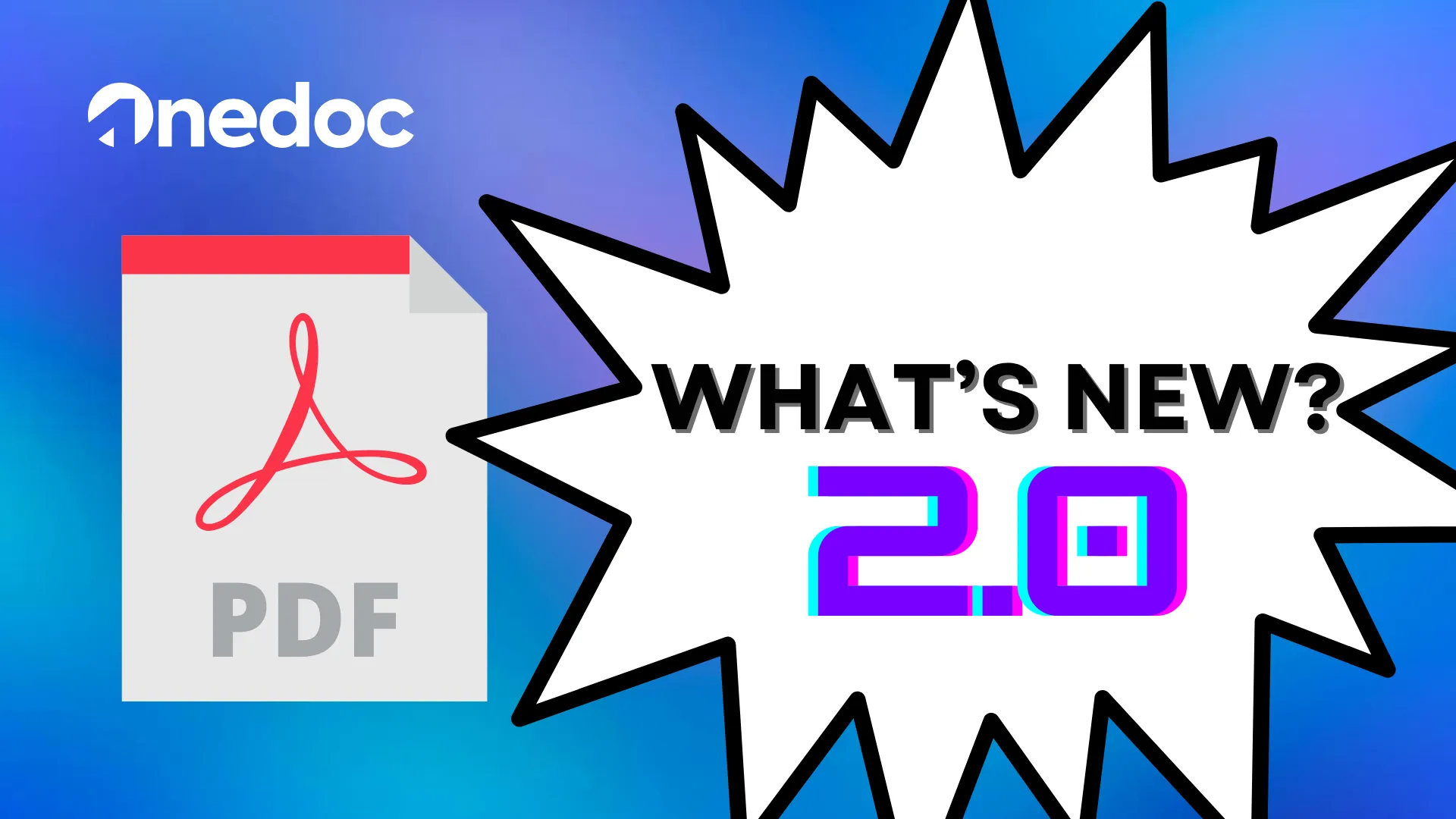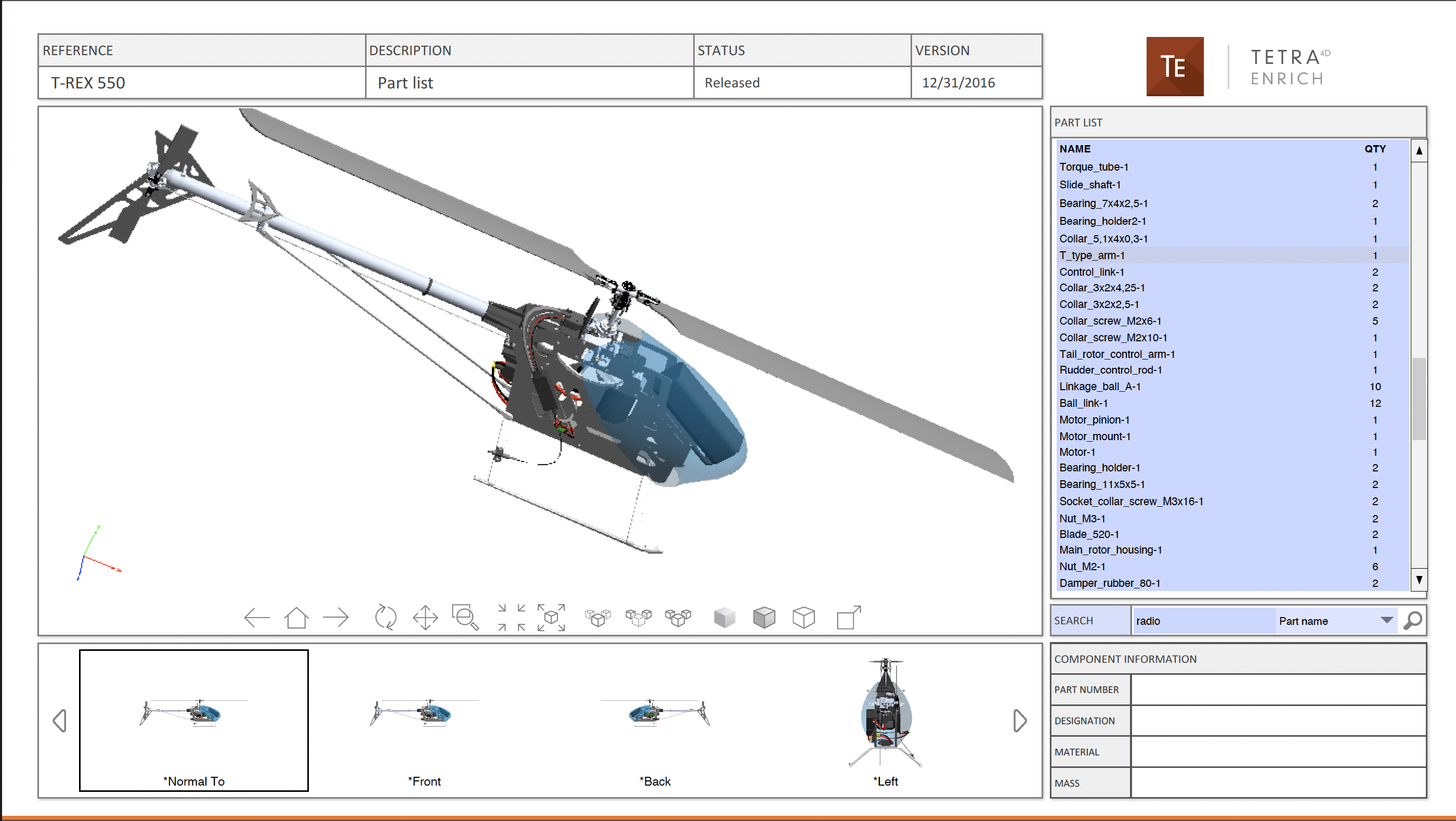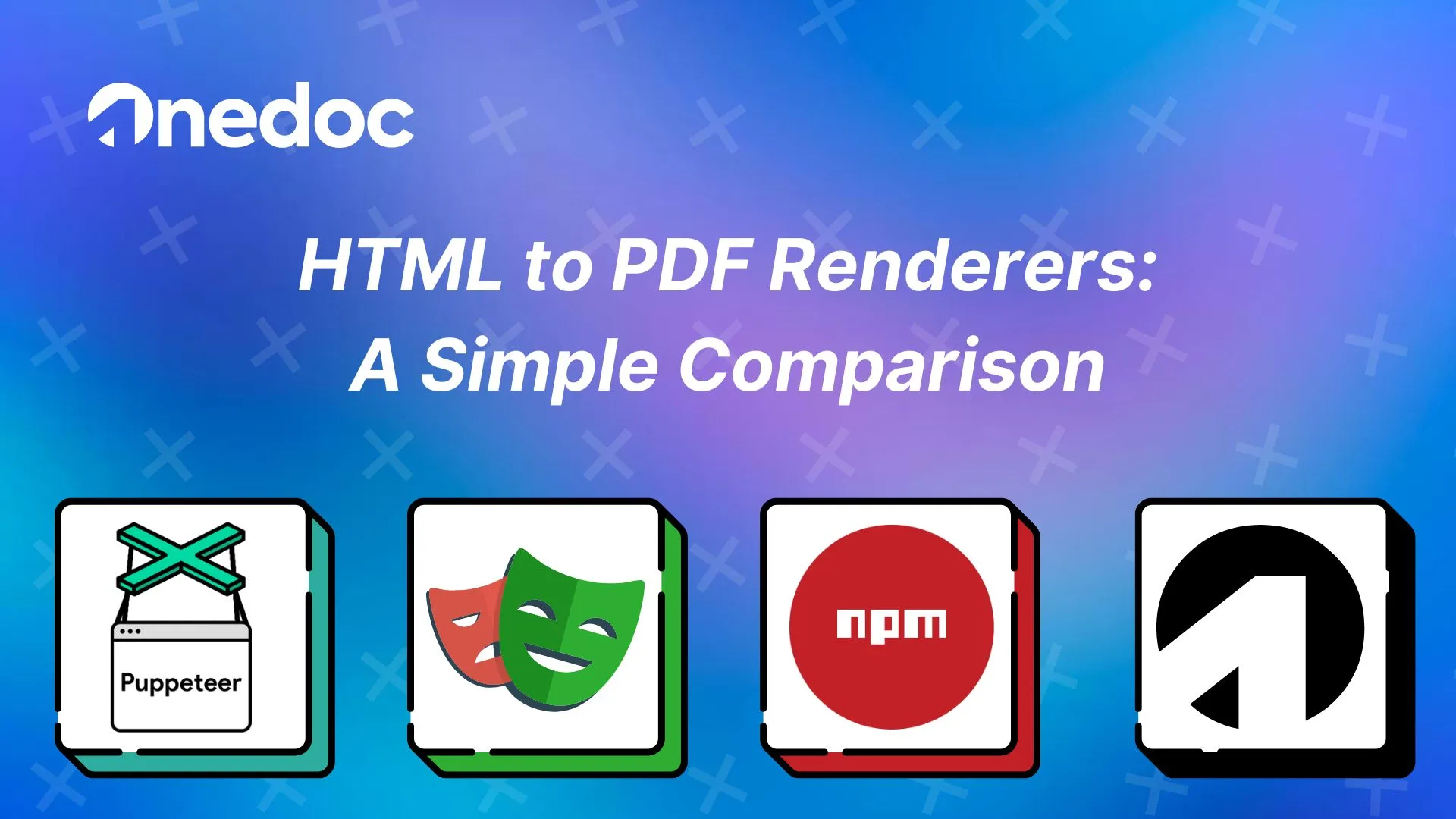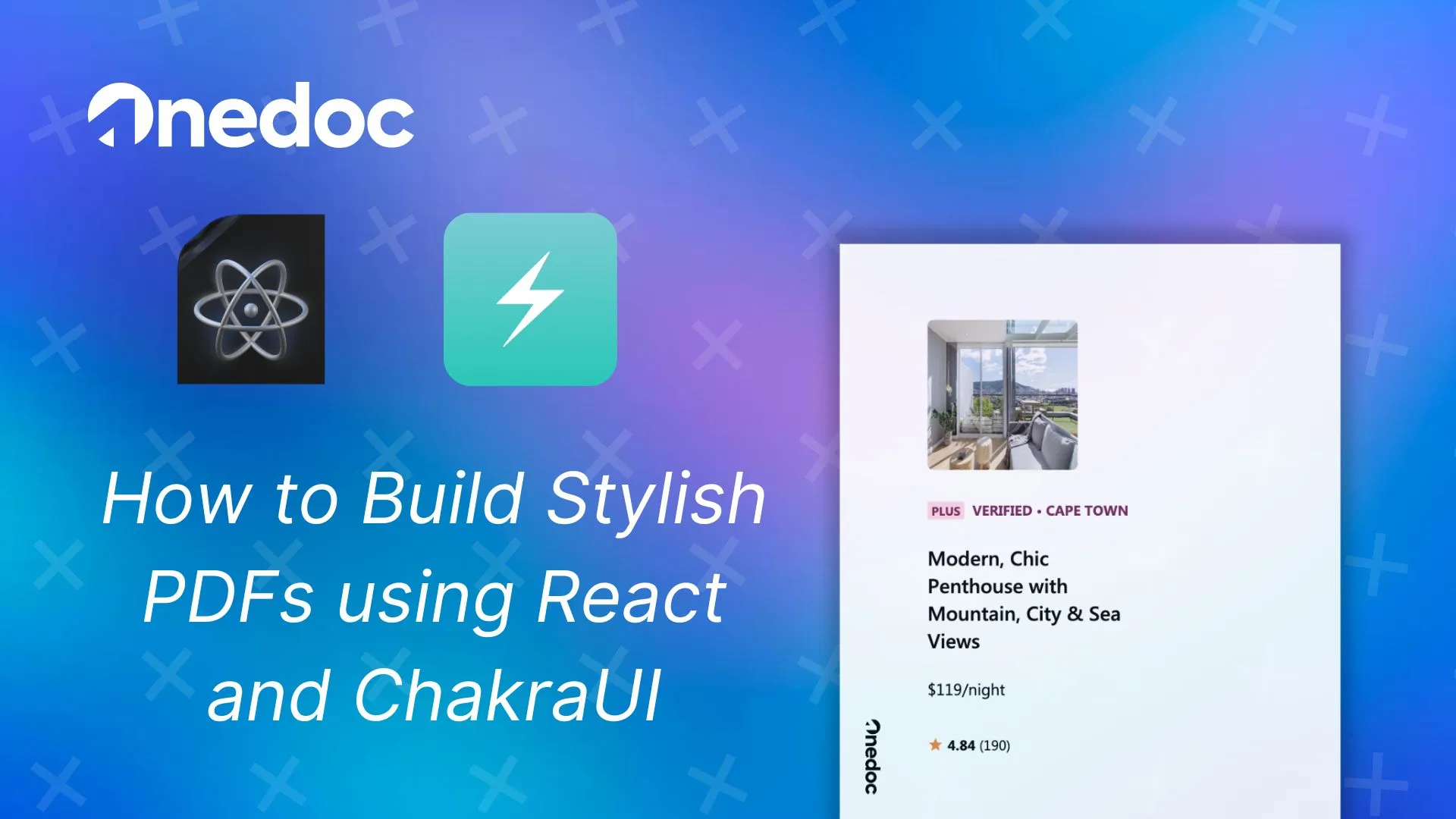
PDF 2.0, what's new?
Monday, April 1, 2024
Introduction
Overview
Adobe Systems, the creator of the Portable Document Format (PDF), has seen PDF become a ubiquitous tool for viewing and interacting with documents.
Over 25 years since its inception, PDF has evolved significantly and was adopted as an open international standard in 2008.
The latest milestone in this evolution is the release of PDF version 2.0 by the International Organization for Standards (ISO) on July 28.
This update is the result of an 8-year collaborative effort involving experts across various disciplines and countries, with Adobe engineers playing a significant role.
The new 971-page PDF 2.0 specification enhances document security, accessibility*, and the handling of graphically rich media including 3D models, video, geospatial data, and advanced print features.
What’s new?
Improved security
PDF 2.0 incorporates advanced encryption with support for 256-bit AES encryption, supports Unicode characters in passwords, and introduces an unencrypted wrapper for encryption details, aiding applications like Acrobat Reader in decryption.
Improved accessibility
Accessibility has been enhanced through an extended tagging architecture, the addition of text-to-speech features for images and a braille reader. Making content more accessible to users with disabilities.
Rich media support
The 2.0 version also supports PRC (a popular 3D modeling language) which enriches the PDF experience with advanced tools for interacting with rich 3D content.

Geospatial capabilities are greatly expanded, allowing for sophisticated interactions with GIS data (Geospatial information systems) and the exchange of geographic content such as satellite imagery, astronomy, city mappings and more. Another significant improvement in the geospatial field is the support for coordinate systems, enabling geospatial objects to be associated with a spatial reference point or projection.
Improvements in color accuracy
PDF 2.0 also brings significant advancements in color management for print workflows, including page-level output profiles, black point compensation, and spectrally defined colors, improving color accuracy and management across various printing scenarios.
Related products
Generation
Generate PDFs from React, HTML or DOCX files.
Manipulation
Fill forms, extract text, pages, merge, and more.

